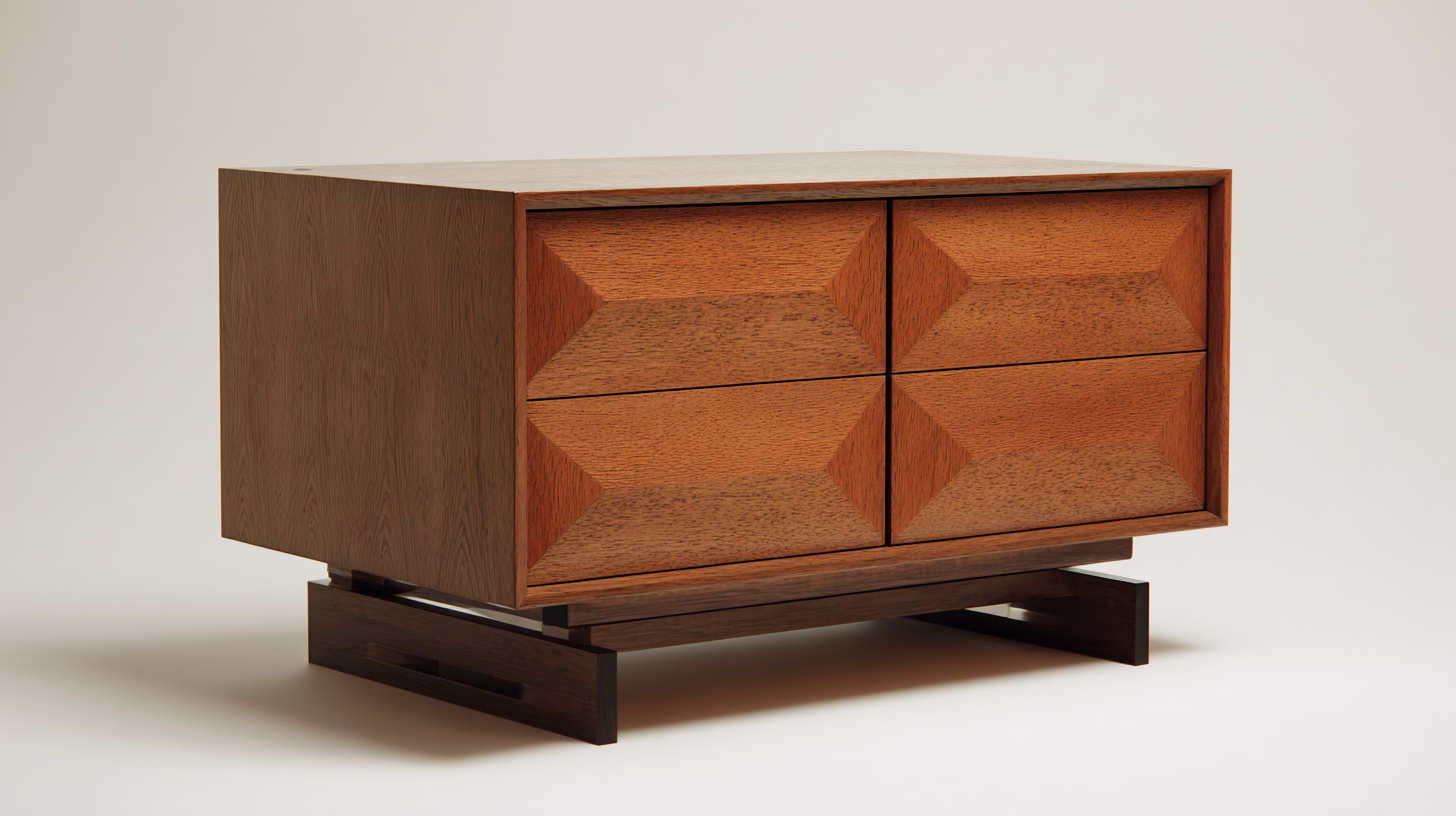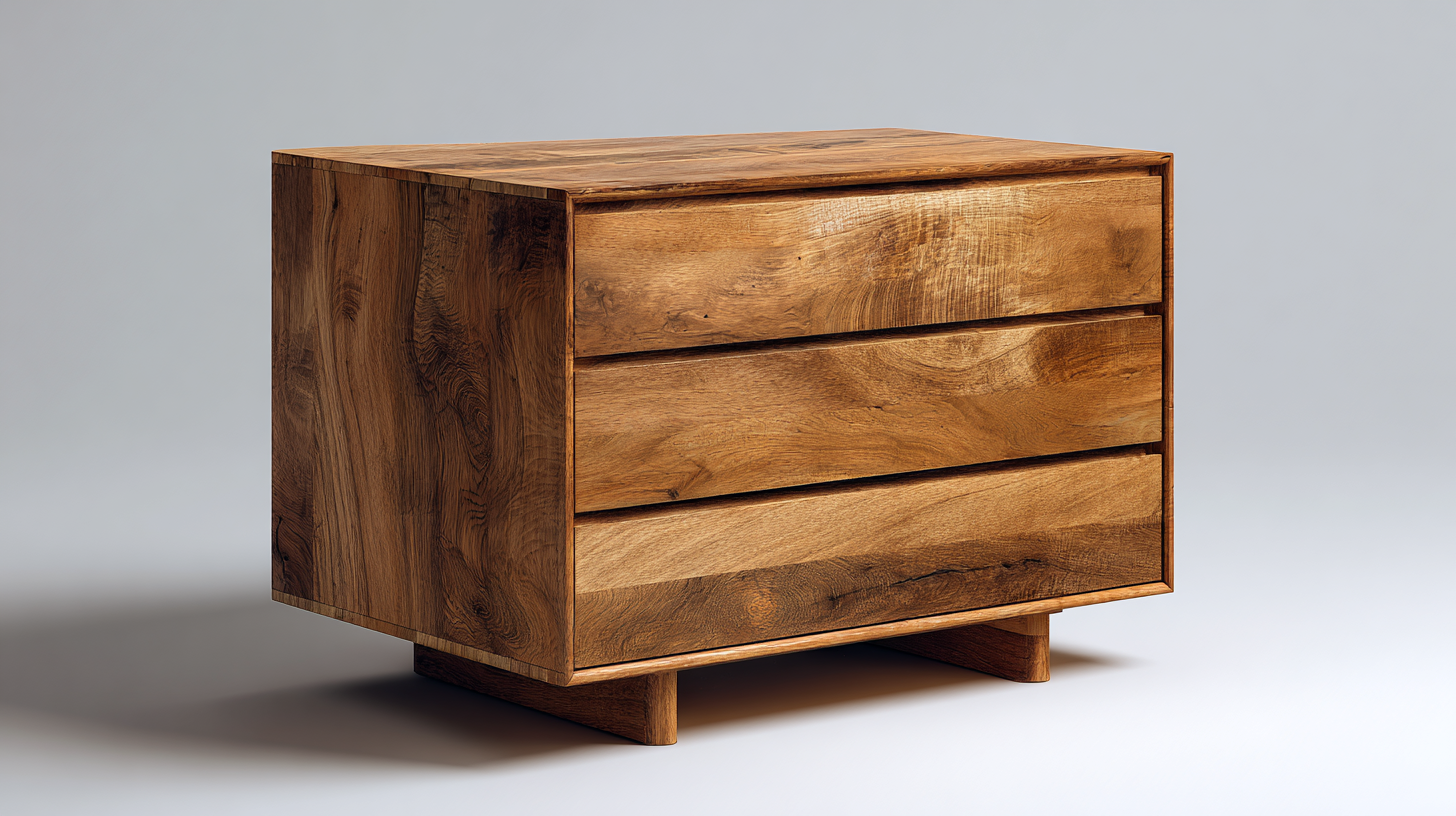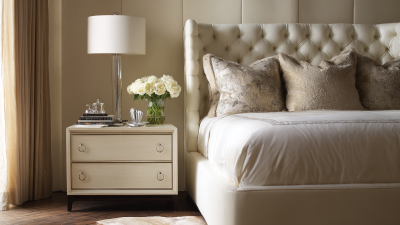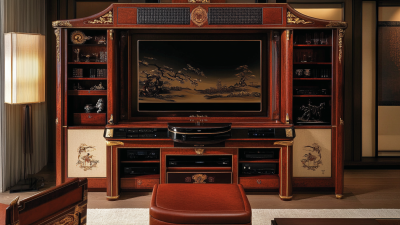In recent years, the focus on sustainability has significantly shaped modern furniture design, leading to the rise of innovative trends, particularly in the realm of night stand wood. As consumers become increasingly aware of their environmental impact, they seek out furniture that not only meets their aesthetic and functional needs but also aligns with their values. This growing demand has prompted designers to explore eco-friendly materials and sustainable practices in crafting night stands, blending style with responsibility. The integration of reclaimed, responsibly sourced, or sustainably harvested wood has opened up new avenues for creativity, allowing for unique designs that showcase the beauty and character of natural materials. In this guide, we will explore how to choose and incorporate sustainable night stand wood into your home, ensuring that your furniture choices contribute positively to both your living space and the environment.

The modern furniture design landscape is witnessing a transformative shift towards sustainability, with a particular focus on the materials utilized in night stands. Eco-friendly wood species, such as bamboo, reclaimed wood, and certified maple, are becoming increasingly popular choices. Bamboo, known for its rapid growth and renewability, stands out as a strong and lightweight alternative. Its natural beauty and versatility make it an excellent choice for stylish night stands that harmonize with both contemporary and traditional decor.
Additionally, reclaimed wood adds a unique character to furniture pieces while minimizing waste. By repurposing old wood from barns or industrial buildings, each night stand crafted from reclaimed materials tells a story and exudes warmth. Certified maple, sourced from sustainably managed forests, offers durability and a sleek appearance, ensuring that stylish design does not come at the expense of ecological responsibility. The integration of these sustainable materials not only promotes environmental stewardship but also caters to a growing consumer demand for furnishings that reflect a commitment to sustainability.
This chart illustrates the sustainability index of various eco-friendly wood species commonly used for nightstands in modern furniture design. The index ranges from 1 to 10, with higher values indicating more sustainable choices.
 As the demand for sustainable furniture design rises,
innovative manufacturing processes play a crucial role in reducing waste throughout production.
Traditional furniture manufacturing often leads to significant material waste, prompting designers
and manufacturers to rethink their approaches. By incorporating techniques such as optimization
algorithms and advanced cutting technology, companies can significantly minimize offcuts and surplus
materials, ensuring a more eco-friendly production cycle.
As the demand for sustainable furniture design rises,
innovative manufacturing processes play a crucial role in reducing waste throughout production.
Traditional furniture manufacturing often leads to significant material waste, prompting designers
and manufacturers to rethink their approaches. By incorporating techniques such as optimization
algorithms and advanced cutting technology, companies can significantly minimize offcuts and surplus
materials, ensuring a more eco-friendly production cycle.
Additionally, the adoption of sustainable materials, such as reclaimed wood
and responsibly sourced timber, has surged. These materials not only reduce the environmental impact
but also contribute to the aesthetic appeal of modern nightstands. Manufacturers are now embracing
practices like modular design, where components can be
easily repaired or replaced, further decreasing waste and promoting a circular economy. By integrating
these innovative processes, the furniture industry is moving towards a more sustainable future, aligning
with the growing awareness of environmental responsibility among consumers.
As the demand for sustainable furniture increases, understanding certifications like the
Forest Stewardship Council (FSC) becomes crucial for both consumers and manufacturers. The
FSC label signifies that the wood used in a piece of furniture has been sourced from responsibly
managed forests, ensuring environmental protection, social equity, and economic viability. This certification helps guarantee that the
wood products are not contributing to deforestation or habitat loss, making it a key factor for
eco-conscious shoppers.
In addition to FSC, several other sustainable wood standards are emerging, each with its own criteria and benefits. Programs such as
the Sustainable Forestry Initiative (SFI) and the
Programme for the Endorsement of Forest Certification (PEFC) provide alternatives
that emphasize sustainable forest management practices. Manufacturers are increasingly adopting these certifications to showcase
their commitment to sustainability, which resonates with consumers looking for environmentally friendly options in their home furnishings.
As awareness of sustainable practices grows, the role of these certifications is likely to expand, shaping the future of modern
furniture design.
The growing demand for eco-conscious designs is significantly reshaping the furniture industry, particularly in the realm of nightstands. Recent market research shows that over 65% of consumers are now prioritizing sustainability when selecting home furnishings, a stark increase from just a few years ago. This shift is driven by a heightened awareness of environmental issues, with studies indicating that 80% of consumers are willing to pay more for products made from sustainably sourced materials. As a result, furniture manufacturers are increasingly adopting eco-friendly practices, utilizing reclaimed wood, bamboo, and non-toxic finishes in their designs.

In addition, a report from the International Furniture Quality Assurance Organization (IFQAO) predicts that sustainable furniture sales will account for 30% of the overall market by 2025. This is a clear indicator that consumer preferences are not only changing but accelerating. Designers and brands that embrace sustainable practices in their nightstand collections can tap into this burgeoning market and cater to the growing demographic of eco-conscious consumers. As such, modern furniture design is evolving, reflecting an intersection of style, functionality, and environmental responsibility.
In recent years, the market for sustainable furniture has witnessed remarkable growth, driven by a heightened consumer awareness of environmental issues. According to market data, the market size for sustainable furniture has significantly expanded, reflecting a broader trend towards eco-friendly designs. Notably, the global woodworking machinery market is expected to increase from $5.23 billion in 2025 to $7.88 billion by 2032, representing a compound annual growth rate of 6.0%. This growth in machinery correlates with the demand for sustainable materials, including wood sourced from responsibly managed forests, as industries strive to meet evolving consumer preferences.
Moreover, a recent report highlights significant trends in consumer behavior, emphasizing a shift towards purchasing sustainable products. The 2023 Retail Trends White Paper outlines these consumption changes, indicating that brands need to realign their offerings to resonate with the modern consumer’s values. Additionally, the furniture sector, particularly nightstands crafted from sustainable wood, is gaining traction, aligning with broader trends in decorative materials that are projected to reach a market size of ¥4.90 trillion (approximately $756 billion) by 2027. This convergence of sustainability and aesthetic appeal underpins the rapid evolution within the furniture design landscape.
| Year | Sales Growth (%) | Market Size (Billion USD) | Consumer Interest Level (Out of 10) | Material Used (%) |
|---|---|---|---|---|
| 2013 | 5.0 | 10.5 | 4 | 30 |
| 2014 | 6.2 | 11.1 | 5 | 33 |
| 2015 | 7.5 | 12.0 | 6 | 35 |
| 2016 | 8.8 | 13.1 | 7 | 37 |
| 2017 | 10.3 | 14.2 | 8 | 40 |
| 2018 | 12.6 | 15.0 | 9 | 42 |
| 2019 | 14.1 | 15.8 | 9.5 | 45 |
| 2020 | 16.7 | 16.5 | 10 | 50 |
| 2021 | 18.4 | 17.2 | 10.5 | 52 |
| 2022 | 20.3 | 18.0 | 10.8 | 55 |
| 2023 | 22.1 | 19.5 | 11 | 58 |






